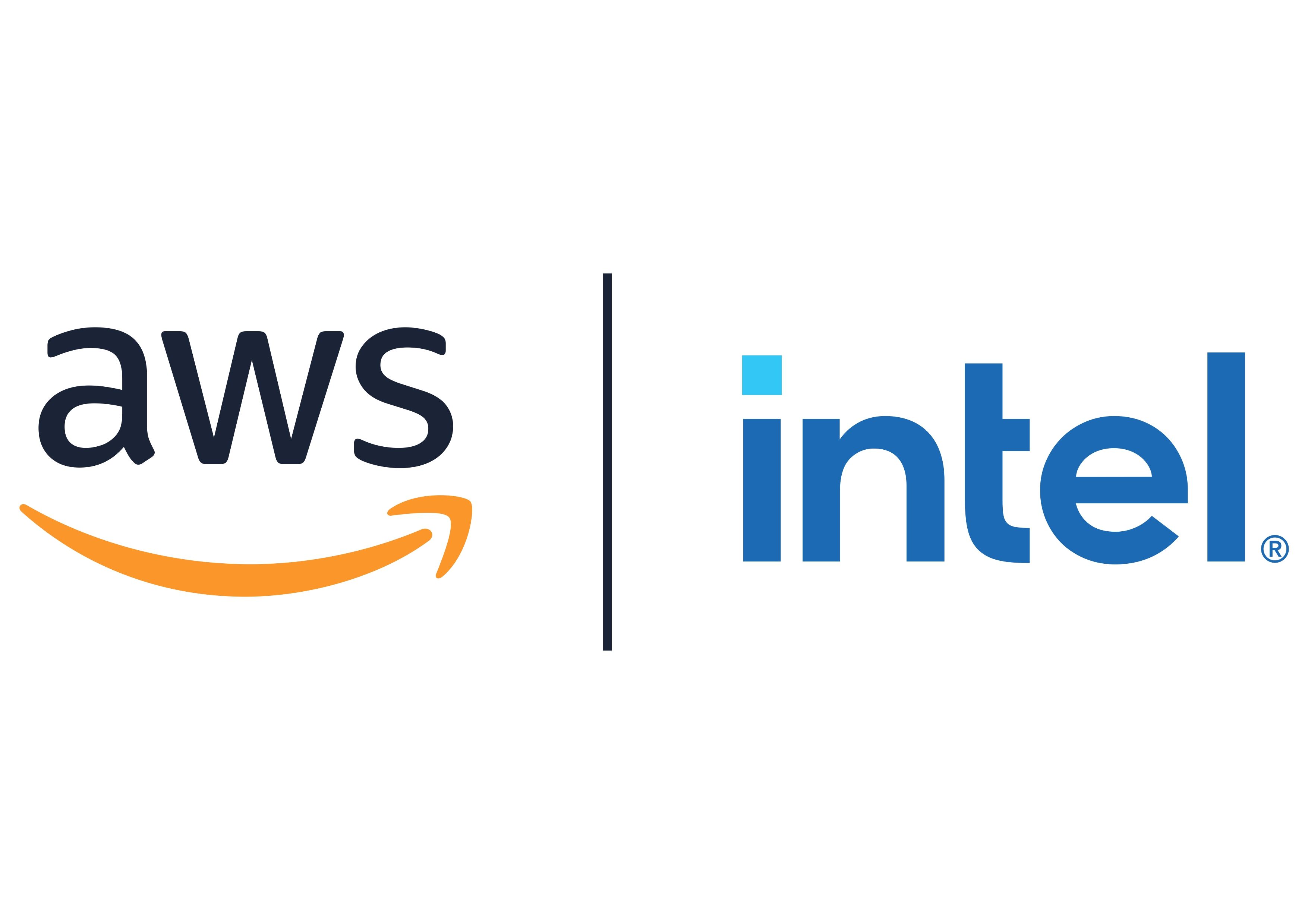
AWS | Intel
View Brand PublisherExperts reveal how edtechs can unlock opportunities and future-proof academics
‘Bharat Innovators Series’ powered by AWS and Intel recently organised a webinar on the topic, ‘How edtechs are unleashing opportunities and future-proofing academics’, featuring Mihir Gupta, Co-founder and CEO, Teachmint, and Ranjan Kumar, Co-founder and CFO, Learnyst.
Technology has disrupted most sectors of the economy, transforming the way we access information, communicate, work, and even play. And now, with technology taking over our learning habits, it has helped scale up standardised instruction and increase student engagement.
When technology is used to enhance the work of educators and improve the quality and quantity of educational content, learners thrive.
In this context, ‘Bharat Innovators Series’ powered by AWS and Intel, in association with YourStory, recently organised a webinar on the topic ‘How edtechs are unleashing opportunities and future-proofing academics’. Mihir Gupta, Co-founder and CEO, , and Ranjan Kumar, Co-founder and CFO, , were in conversation with the moderator Madan Padaki, President, TiE Bangalore.
Exploring untapped potential
As new technologies make their presence felt in the education sector, India’s changemakers are working on a future-focused approach by identifying innovative solutions, for the domestic audience as well as the international arena.
Speaking about untapped potential in the education sector, Mihir said, “A hospital or bank branch has radically changed from how it used to look 20 years ago, thanks to the advent of technology. But, if you look at our classrooms, majority of them look exactly the way they used to, 50 years ago and, in some cases, even 100 years ago.
“I think technology is still in its very early stages in the education segment. When the pandemic struck the world, we realised that the need for technology in education is magnified by big multiples.”
Highlighting the challenges in the education ecosystem and how technology is helping clear these roadblocks, Mihir said, “The ecosystem largely faces challenges like effectiveness, efficiency, and information parity. Technology solves these aspects in any industry or sector. This is where technology can, and is now, starting to play a very big role.”
Reflecting on why technology in education took a backseat all these years, Mihir said people in a country like India, or other emerging markets, never had much access to devices that would make technology relevant. Internet connectivity was also limited. However, this has significantly changed over the last couple of years, opening up immense opportunities for technology and education to be affordable and accessible to the masses.
National Education Policy and the focus on tech
Both Mihir and Ranjan were in agreement that the National Education Policy will transform the way education is imparted in the country.
“Over the next 10 years, there will be massive adoption of technology and digitisation across the education ecosystem. There would be infrastructure and backbone tech stacks, similar to UPI in banking and finance,” Mihir said.
“Teachers and students should use technology as a tool to see how they can improve their learning. That's the notion that we need to spread in the market. But the challenge that we are seeing is how do we ensure these teachers and students use the technology in the right way? That's probably a missing piece still,” Ranjan said.
In their opinion, over the next 10 years, the sector will be driven by an information exchange system that will be powered by software companies that will bring administrators, teachers, parents, and students on the same platform. In addition, there will be solutions that bring in affordable hardware and digital content into classrooms.
Leveraging AWS’ technology to scale business
Shifting focus, Ranjan delved deep into how AWS as Learnyst’s technology partner has helped in building its tech platform.
“We use probably more than 30-32 AWS components - from Amazon Elastic Compute Cloud (Amazon EC2), Amazon CloudFront to Amazon Relational Database Service (Amazon RDS). Most of these components are plug-and-play, which is readily available in AWS. They have a very comprehensive suite for any startup or anyone to start using. The best part is, AWS offers ‘pay-for-what-you-use’. So, it really helps us to experiment with new things. It has really helped us to scale our business as well to bring in new products and features within the product.”
For Mihir, AWS stands out for a lot of things that they do outside of the product. Apart from bringing in a global perspective, he said engaging with them on topics such as GTM strategy and how to build from India and serve other countries, the different forums focused on education that they bring together, and the way they contribute to the ecosystem are big positives.
Opportunities galore in India
Talking about the India market as a testing ground for edtech startups, Ranjan said what one can achieve in India is much higher than any other country, given the massive population and billions of users.
“From a product standpoint, India gives startups an opportunity to vet their product because you have so many users, so many customers. Obviously, the feedback is nonstop. If you have a solid product that has worked in India, I think you're all set to expand it globally.”
Mihir said edtech is one of the most exciting spaces to work in because of the amount of work that it needs. Speaking about the global landscape, he said, “When it comes to digital infrastructure in education, the world is split into two. There is a developed market, largely North America, which is overserved, while the rest of the world is significantly underserved. I visited a private school in the US, which had less than 300 students. There were 40 different SaaS solutions that they were paying for 300 students. This is not ideal as it creates cognitive overload. It makes life difficult for everyone. But this is how the industry has evolved there.”
“Today, we have customers in about 30 countries. We realise that every market has its nuances. While many countries have primarily public school systems, there are others with more private school systems. Accordingly, the kind of stakeholders you serve and engage with differ,” he said.
To watch the entire session,







